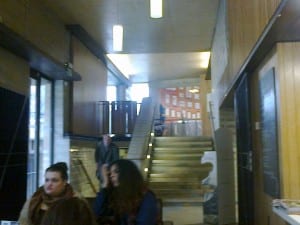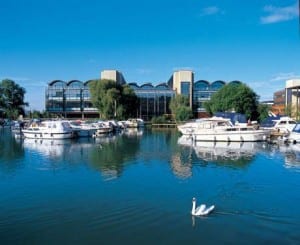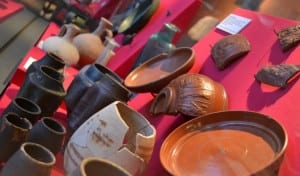Reading the introduction to Susan Bennett’s book Theatre and Museums, it has allowed me to further understand the context of our site.
“theatres and museums are crucial to a city’s vitality and appeal” (Bennett,2013, p3).
In comparison to some of the other sites for this module, The Collection at first glance seemed to be the hardest to respond to as it already has a function and purpose, what could we do as a performance in response? It felt as though we were limited with what we could do, but then again, in some way this gave our group a head start as there was plenty of inspiration from the different exhibitions and galleries. “Both theatre and museums require an infrastructure supported by a diverse range of technical and intellectual skills, acts of interpretation and mediation, and eventually, an audience” (Bennett, 2013,p4).
As well as highlighting theatre and museum commonalities, Bennett then goes on to speak of theatre in museums, which is even more relevant to our purpose. Although we are not directly responding to what is in the museum as in re-enacting the past, as explained in this section, we are engaging with the whole site; to things that may not even be noticed or thought about on a daily basis. Our performances will still “enhance the visitor’s appreciation and critical understanding” (Bennett,2013, p7) but of the entire site as well as its exhibitions and galleries.
After having some initial performance ideas for our piece, we started to research further into café culture and different reasons as to why people go to cafes and who those people are. Reading from ‘Theatre/Archaeology’ the main points that came from it were to be true to the history of the space and the motion of uncertainty as the artist(s) do not know how the audience will respond to the work.
By the observations we made in the cafe whilst there we were intrigued as to why people go to cafes and who those people are. We researched the history of The Collection, the building itself and also the café owners ‘Stokes’ to understand the importance of the café within The Collection. Stokes of Lincoln describe the cafe: “The sleek, modern café is housed in Lincoln’s archaeological museum fused with the Usher Gallery in one incredible visitor centre” (R. W. Stokes & Sons Ltd, 2012)
Whilst researching for general opinions of cafes and why people go to them I found an article titled ’20 reasons why creative people like to go to cafes.’ The writer of which said it is a ‘”third place between work and home, where you can relax without the worries associated with either” (Dirkoff, 2012)
Another article I came across more specifically based on museums and cafe describes cafe as thus: “Cafés are rather like good exhibitions” (Brown, 2006) This opinion given here has given me confidence in our ideas we have for our performance. Within the cafe there are people who by coming to the cafe highlight the different activity and what we find most intriguing; why do people come to cafes? However later on the writer comments “the downside is that cafés are not static exhibits” (Brown, 2006) Does it matter that cafe’s are not static exhibitions? Due to our ideas of turning the cafe into an exhibition we want the audience to see the cafe for what it is in action. Or could we look on the other side and make the cafe a static exhibition similar to the ones we have seen within the museum?
Bound by Love
This painting hanging in the Usher Gallery has become another influence on our ideas for a performance in the café, The location of the painting in the gallery is rather random as the other paintings in the particular room are landscapes of Lincoln and other landscapes where as this is a surrealist painting. We made it link with the people who come to the café and why. For example, those on a first date might go to a café as it is an informal setting and relaxed atmosphere. The two ‘people’ in the painting are lovers trying to come together. This also linked with our observation of the café being separate from the rest of the building and us wanting to make the café an exhibition itself, joining the whole building together. Using the courtyard space between the café and the other side of the building we want to somehow recreate the painting for our performance to represent the people and emphasise the architecture.
Works Cited:
Bennett, Susan (2013) Theatre and Museums, Basingstoke: Palgrave Macmillan.
Brown, Chris, 2006, Successful Cafe Museums, [online] Available at: http://www.aim-museums.co.uk/downloads/fe0a6c94-dd78-11e1-bdfc-001999b209eb.pdf, Accessed on: 4th February 2013.
Dirkoff, Mitch, 2012, Huffpost Arts and Culture, [online] Available at: http://www.huffingtonpost.com/mitch-ditkoff/creativity-cafe_b_1879907.html, Accessed: 4th February 2013.








